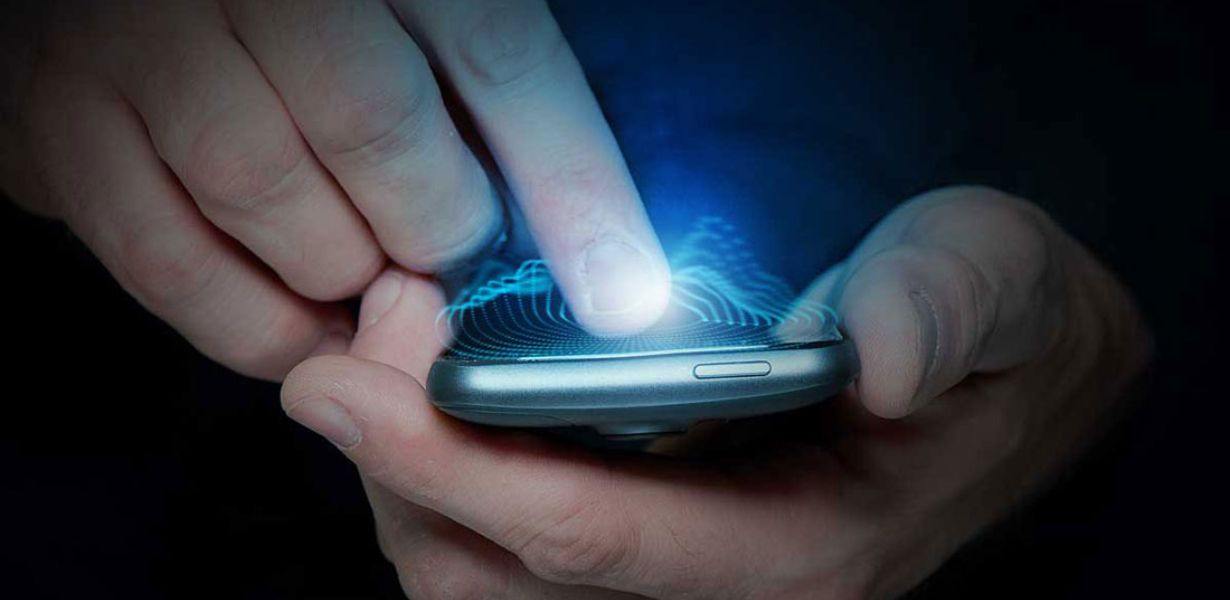
The Future of Touch Gestures: Unraveling Haptic Feedback and Advanced Sensing Technologies
- Post
- August 7, 2023
- Mobile & Responsive, Touch Gestures, Web Design
- 0 Comments
In the ever-evolving landscape of technology, touch gestures have become an integral part of our daily lives. From smartphones to smartwatches, touch-enabled devices have revolutionized how we interact with technology. However, the future of touch gestures holds even more exciting possibilities, driven by the development of haptic feedback and advanced sensing technologies.
Touch Gestures: Paving the Way for Intuitive Interactions
Touch gestures have come a long way since the advent of touchscreens. With the rise of smartphones, touch gestures like tapping, swiping, pinching, and zooming have become second nature to most users. As these gestures become more natural and intuitive, they enable seamless interactions with digital devices and applications. The future of touch gestures seeks to build upon this foundation and create an even more immersive and effortless user experience.
Haptic Feedback: Adding a New Dimension to Touch
Haptic feedback, often referred to as tactile feedback, is the technology that simulates the sense of touch through vibrations or other tactile sensations. In current touch-enabled devices, haptic feedback is employed in the form of subtle vibrations when typing on a virtual keyboard or pressing virtual buttons. However, advancements in haptic technology promise to take this experience to a whole new level.
Future touch devices are expected to incorporate more sophisticated haptic feedback mechanisms, allowing users to feel different textures, surfaces, and even the sensation of virtual objects. This breakthrough can open up a plethora of possibilities, enhancing virtual reality experiences, enabling remote tactile interactions, and making touch interfaces more inclusive for visually impaired individuals.
Advanced Sensing Technologies: Understanding User Intentions
The future of touch gestures goes beyond simple touch detection; it aims to understand and interpret user intentions more accurately. Advanced sensing technologies, such as capacitive, resistive, and infrared sensors, are at the forefront of these developments. These sensors can detect not only the touch itself but also the force, pressure, and speed applied during the interaction.
By comprehending user intentions, touch-enabled devices can provide more context-sensitive responses and execute different functions based on the touch’s nuances. For instance, a light tap on a notification could offer a preview, while a long press could provide more options to interact with the content. This level of interaction personalization is set to redefine how we engage with technology.
Integrating Touch Gestures and Artificial Intelligence
As artificial intelligence continues to advance, it will play a pivotal role in shaping the future of touch gestures. AI algorithms can analyze vast amounts of data from touch interactions and user behaviors, allowing devices to adapt and optimize touch gesture recognition based on individual preferences.
With AI-powered touch gesture recognition, devices can identify gestures more accurately and reduce false positives. This means fewer accidental interactions and smoother user experiences, ultimately leading to improved user satisfaction and productivity.
The Road Ahead for Touch Gestures
The future of touch gestures holds enormous potential across various domains. Here’s a glimpse of what lies ahead:
Enhanced Gaming Experiences
Haptic feedback and advanced touch sensing technologies are set to revolutionize gaming experiences. Players will be able to feel the impact of virtual actions, making gameplay more immersive and realistic.
Medical Applications
In the medical field, touch gestures can be used to control medical devices and perform precise operations through virtual interfaces, reducing the risk of contamination and enhancing accuracy.
Automotive Innovation
Touch gestures in vehicles will become more intuitive and safer, enabling drivers to control infotainment systems and other features with minimal distraction.
Education and Training
Interactive touch gestures in educational settings can make learning more engaging and interactive, fostering better retention and understanding of complex concepts.
Accessibility for All
With advanced haptic feedback and AI-driven touch gesture recognition, technology will become more accessible to people with disabilities, ensuring inclusivity for all users.
Final Words
The future of touch gestures is bright, with haptic feedback and advanced sensing technologies unlocking new dimensions of interaction and user experience. From gaming and healthcare to education and accessibility, touch gestures are set to revolutionize multiple industries. As we progress into this touch-driven era, let us embrace the possibilities and innovations that lie ahead, making technology more intuitive, inclusive, and empowering for everyone.
Commonly Asked Questions
Q1: Will haptic feedback become a standard feature in all touch-enabled devices?
Ans: While haptic feedback is becoming increasingly common in modern devices, its widespread adoption depends on manufacturers’ implementation decisions and user preferences. We can expect haptic feedback to be a prominent feature in many future touch devices.
Q2: How will haptic feedback benefit virtual reality experiences?
Ans: Haptic feedback can add a sense of touch to virtual reality experiences, making them more immersive and realistic. Users can feel the texture of virtual objects, enhancing their sense of presence within the virtual environment.
Q3: Are there any privacy concerns related to advanced touch sensing technologies?
Ans: As with any advanced technology, there might be privacy concerns regarding the collection of user touch data. Manufacturers will need to prioritize data security and user consent to address these concerns.
Q4: Can touch gestures be customized according to individual preferences?
Ans: Yes, with the integration of AI algorithms, touch gestures can be customized based on individual preferences and usage patterns, leading to personalized and more efficient interactions.
Q5: Will touch gestures completely replace physical buttons in the future?
Ans: While touch gestures are becoming increasingly prevalent, physical buttons might still have their place in certain applications. The future is likely to witness a combination of touch interfaces and physical buttons to cater to various user preferences.




